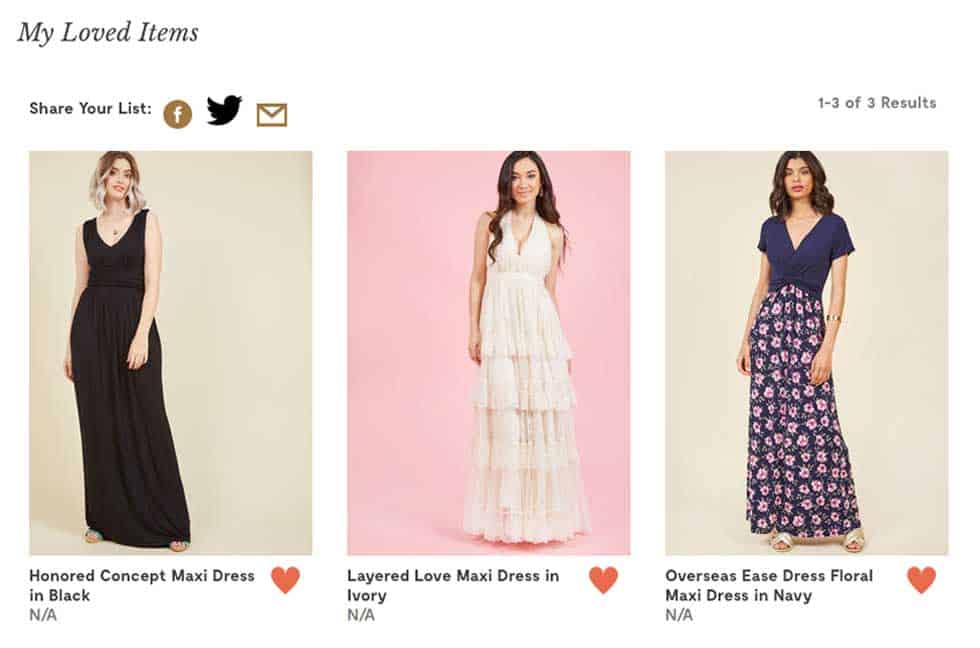
Understanding consumer behavior and the psychology that drives purchasing decisions is a fundamental requirement for any retail brand looking to increase ecommerce conversion rates. Consumers are motivated by a common set of behavioral triggers, and the most successful retailers are masters at leveraging these triggers to drive sales.
The most widely used and effective psychological tactics are deeply rooted in Behavioral Economics, or the application of psychological insights to explain economic decision making. This is such a hot topic that TED has dedicated an entire section of its website to videos of people talking about it.
If you’re not using consumer psychology to tap into the brains of your target audience, you’re missing out on a huge opportunity to increase sale and ROI from your marketing spend.
Here are 7 Consumer Psychology Tips Proven to Increase Ecommerce Conversion Rates
1. Urgency
Urgency is a powerful way to push time-sensitive deals or promos. It’s not uncommon to see websites with clocks counting down the time left in a sale, or bold messaging with phrases like “Hurry, last day!” or “Ends Soon!”.
Around major holidays and events like Cyber Weekend, brands make heavy use of urgency to push limited time offers. Flash sale sites like Huckberry and Guilt are great examples of urgency in action. Huckberry runs weekly sales and displays a clock counting down the days and hours left, while Guilt relies on using quantity left to drive action.
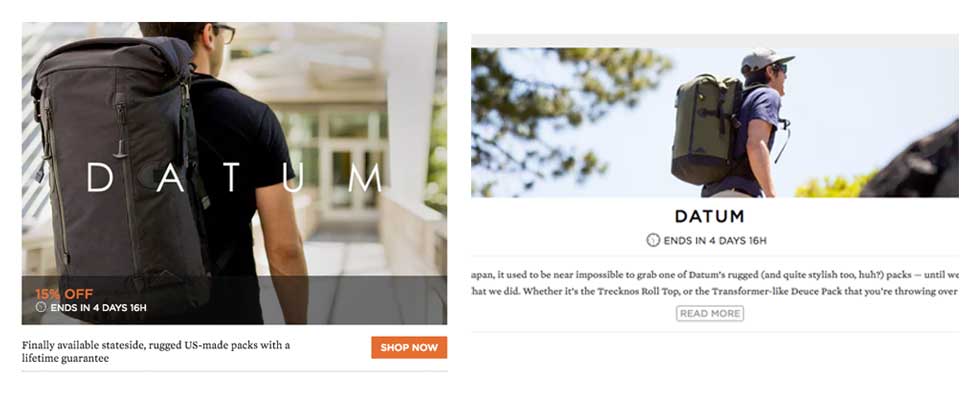
2. Scarcity
If you’ve purchased airline tickets recently, you’ve experienced the scarcity tactic first hand. The airline industry has mastered the art of scarcity by revealing the number of seats left on every flight.
By combining supply and demand pricing with low inventory alerts like “only 2 seats left at this price”, airline companies hit us with a double whammy by driving urgency and scarcity in one shot.
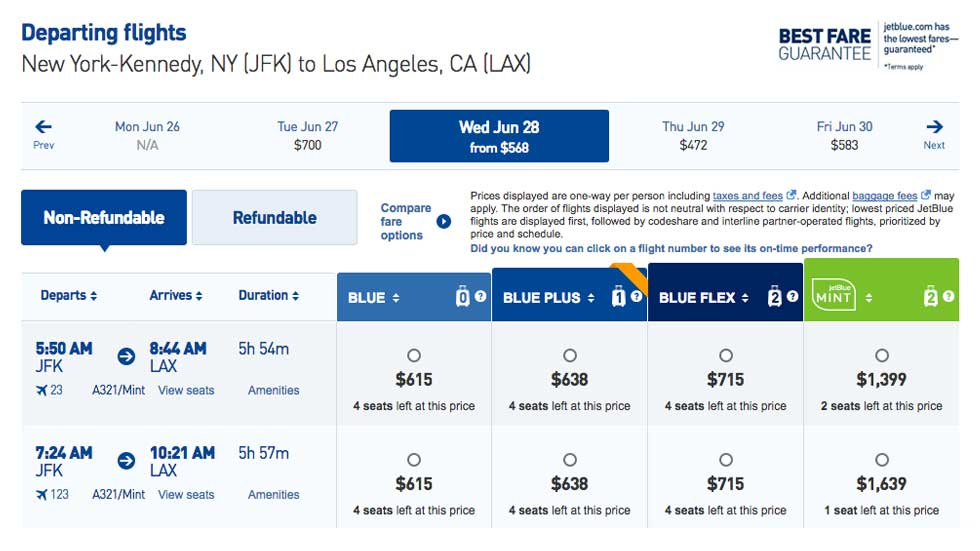
Retail websites selling everything from apparel to shoes to electronics follow the same scarcity model. Many ecommerce sites have low stock alerts, and some reveal the exact number of products left. Below is an example from ASOS.com showing low stock on a pair of sneakers.
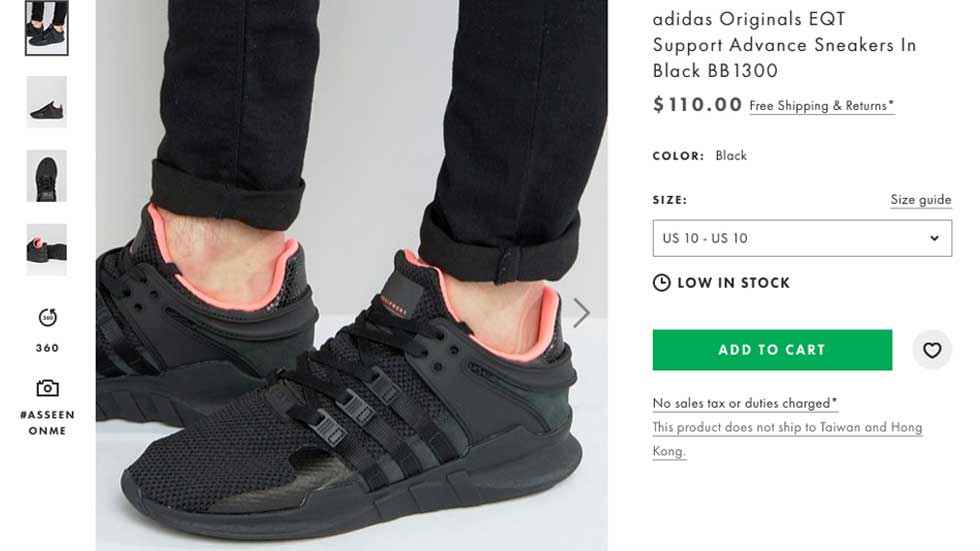
3. Loss Aversion
This clever tactic plays on consumer’s fear of losing out on something that isn’t even theirs, yet. Ecommerce giant ModCloth has a brilliant loss aversion strategy built into its wish list feature.
Let’s say you’re browsing Modcloth on the train or at Starbucks, find something you like, but don’t want to pull out your credit card in public to make the purchase. You add the item to your wish list, put your phone in your bag or pocket and carry on with your day. That evening, you receive an email from ModCloth with an alert that your product is still available but stock is limited. This is marketing gold sprinkled with pixie dust.
4. Fear of Missing Out (FOMO)
Ah yes, good old FOMO, or digital peer pressure. For some brilliant usage of FOMO tactics, head over to Booking.com and search for a hotel. You’ll notice that every listing pushes urgency and scarcity, and shows information like how many people are viewing the hotel right now, how many have booked in the past six hours and an “In high demand now!” notification.
Booking.com creates tremendous psychological pressure by leading you to believe their rooms are coveted, scarce and won’t last long.
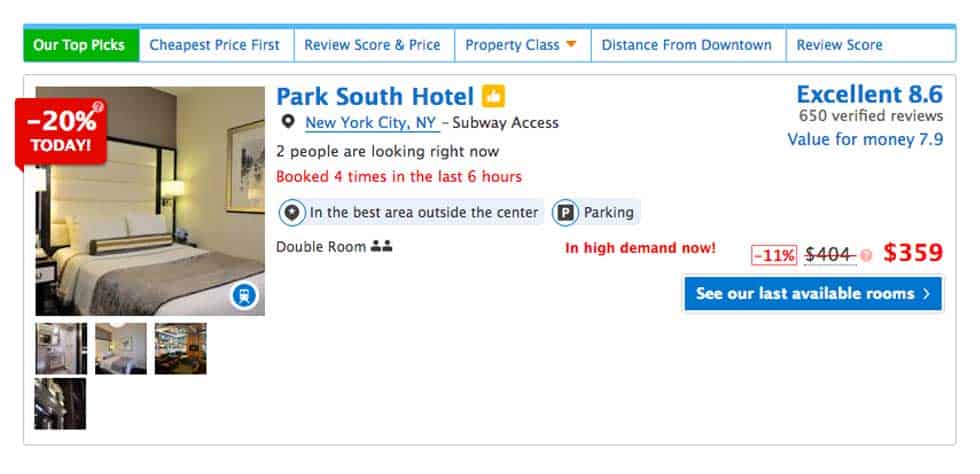
5. Price Anchoring
If you’ve purchased a hosting plan or signed up for any subscription based service online, you’ve likely been the victim of price anchoring, or price framing, as it’s also commonly known. Price anchoring is a strategy that shows a cluster of packages in a way that is designed to make you choose a particular option. It relies on the theory that people will usually opt for the first piece of information they receive.
In a study conducted by Dan Ariely, a behavioral economist, customers were asked to choose between the following offers for a magazine subscription:
- Online only: $49.99/year
- Print only: $99.99/year
- Online + Print: $99.99/year
Not surprisingly, 84% of people chose the Online + Print offer. However, when the Online + Print option was removed, 68% of customers chose the Online only option, which was the cheapest in the initial cluster of options.
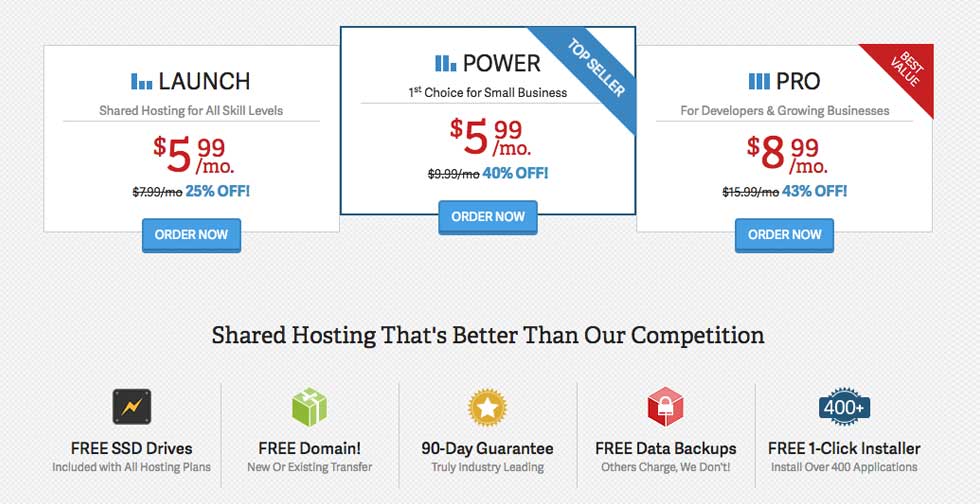
As an article in Harvard Magazine noted, “Advertising is a business that tries to shape how people think about their choices. Neoclassical economics can explain ads only as providing information. But if the seller can invest in advertising that frames the choice, that frame will skew the buyer’s decision.”.
So, this is proof that by crafting your pricing structure to beef up perceived value of a given option, you can persuade people to buy it, thus increasing revenue.
6. Exclusivity
There has been a major shift in ecommerce marketing over the past several years. More brands are going all out on the customer service front and leveraging the ability to communicate to consumers via email marketing to make them feel appreciated.
I’ve been an admirer of the clothing brand Everlane for some time now. Last week I decided to create an account on their website, and was pleasantly surprised to receive the below email a day later.
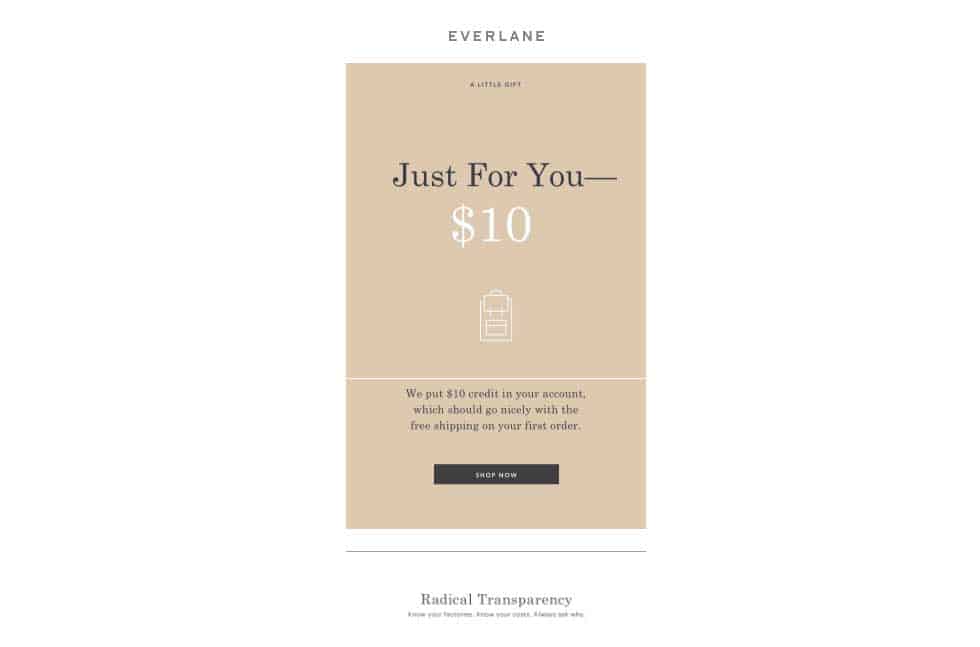
See what they did there? This “just for you” email made me feel special and exclusive, like Everlane values my interest in their brand so much, they decided to give me $10. To be transparent, I know it’s a marketing ploy, but it still gave me a warm and fuzzy feeling to see a brand doing it right.
Exclusivity is about making customers feel valued. This can be executed in many ways, such as a free gift or free shipping on a first purchase.
7. Trust
Building consumer trust instills confidence and removes a huge barrier to entry for people considering, but not yet convinced, your product or service is right for them. Once trust is established, making the sale becomes much easier.
Trust comes in many forms on a website, but perhaps the most compelling is social proof. Here are a few examples of social proof implementation:
- product reviews
- logos of partners who use your products or services
- testimonials from happy customers
- press mentions
- endoresements by tastemakers or influencers
Joe Gebbia, the co-founder and Chief Product Officer at Airbnb gave an amazing TED Talk called ‘How Airbnb Designs for Trust’. In his talk he reflected on the early days of Airbnb, and how social proof was a big part of their pitch to investors – “It turns out, a well-designed reputation system is key for building trust…”.
Airnbnb has a scientifically designed review system for both guests and hosts, that encourages transparency and generates reviews that are just the right length to be deemed reputable. Reviews can make or break a host, and are the backbone of how Airbnb stays in business.
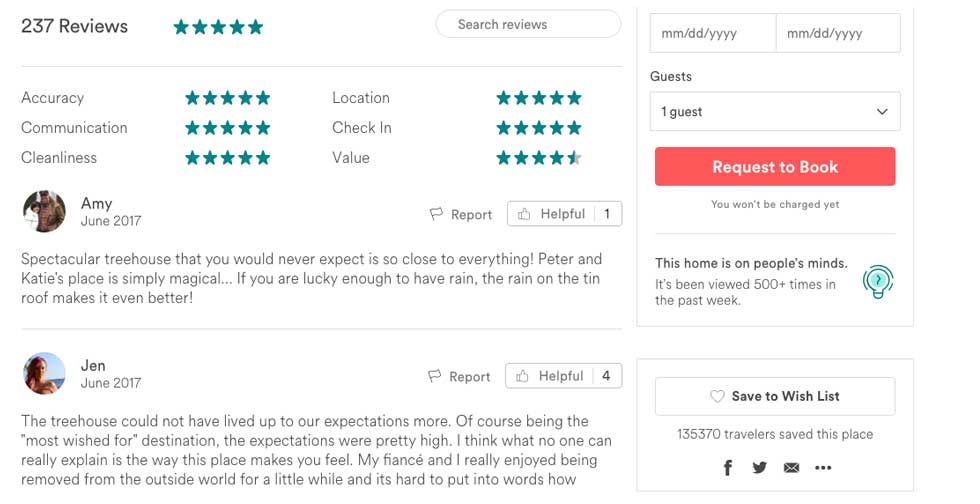
Amazon is another example of trust playing a fundamental role in swaying people’s purchasing decisions. By transparently allowing unmoderated reviews for every product, Amazon gives shoppers a sense of control over their purchasing decisions.
As shown below, you’ll often find one star and five star reviews right next to one another, which gives you the full spectrum of popular opinion to chew on while making an informed choice. This is one of the keys to Amazon’s early ecommerce success, and remains so to this day.

Wrap Up
Now that you’re armed with a playbook of psychological triggers proven to boost conversion rates, think about how your business can use use these strategies to drive more revenue.
Ecommerce conversion optimization takes patience and a willingness to experiment and try new things. Start with something easy to implement and see how it goes. You may need to run some A-B tests to nail down the messaging and UX design that will resonate with your audience. However, once you discover a formula that works, the time spent will reap great rewards.
Lastly, pay attention to what businesses in your industry are doing to boost conversion rates. You can learn a lot from successful brands who spend a lot of money on behavioral research and have already identified what works for them.
Let`s Get
In Touch
Contact us today for a free consultation
and cost estimate for
your project.
We work with companies in all
industries, big or small.
Give Us a Call: 786-529-6039
Services
©2024 FUZE DIGITAL INC. Ignite Your Brand™ | privacy



